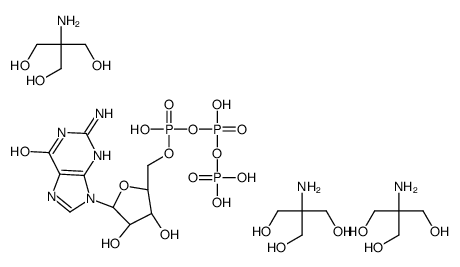Phosphoinositides, inositol phosphates, and phospholipase C in embryonic stem cells.
Leo R Quinlan
文献索引:Methods Mol. Biol. 329 , 127-49, (2006)
全文:HTML全文
摘要
The stimulation of inositol phospholipid metabolism via phospholipase C (PLC) is an important signal transduction pathway in a wide variety of cell types. Activation of the pathway is associated with many aspects of cellular activity, including cell growth and differentiation. Activation of hormone-sensitive PLC results in the rapid breakdown of polyphosphoinositides to generate two second messengers: inositol trisphosphate and diacylglycerol. The water-soluble inositol trisphosphate is involved in the release of intracellular calcium from internal stores, whereas the lipophilic diacylglycerol is involved in protein kinase C activation. Inositol supplementation is essential for the in vitro growth of rabbit blastocysts, and studies have shown that the components of the signaling system are present in mouse and cattle embryos and in mouse embryonic stem (ES) cells. In ES cells, the signaling system appears to be constitutively active and essential for normal ES cell proliferation. Here, we describe in detail the materials required and some of techniques involved in studying the phosphoinositide signaling system in mouse ES cells. Furthermore, we describe methods of analyzing the effects of modulating the PtdIns signaling system on ES cell proliferation and the induction of apoptosis.
相关化合物
| 结构式 | 名称/CAS号 | 分子式 | 全部文献 |
|---|---|---|---|
 |
鸟苷 5′-三磷酸盐 三羟甲基氨基甲烷盐
CAS:103192-46-7 |
C22H49N8O23P3 |
|
The role of guanosine 5'-triphosphate in polypeptide chain e...
1978-09-21 [Biochim. Biophys. Acta 505(1) , 95-127, (1978)] |
|
Structural and functional model for ionic (K(+)/Na(+)) and p...
2009-07-03 [J. Mol. Biol. 390(1) , 17-25, (2009)] |
|
Galanin-binding sites in the female rat brain are regulated ...
1995-06-01 [Neuroendocrinology 61(6) , 646-54, (1995)] |
|
Microtubule elongation and guanosine 5'-triphosphate hydroly...
1987-07-14 [Biochemistry 26(14) , 4428-37, (1987)] |
|
GTP hydrolysis is essential for protein import into the mito...
1998-01-16 [J. Biol. Chem. 273(3) , 1420-4, (1998)] |